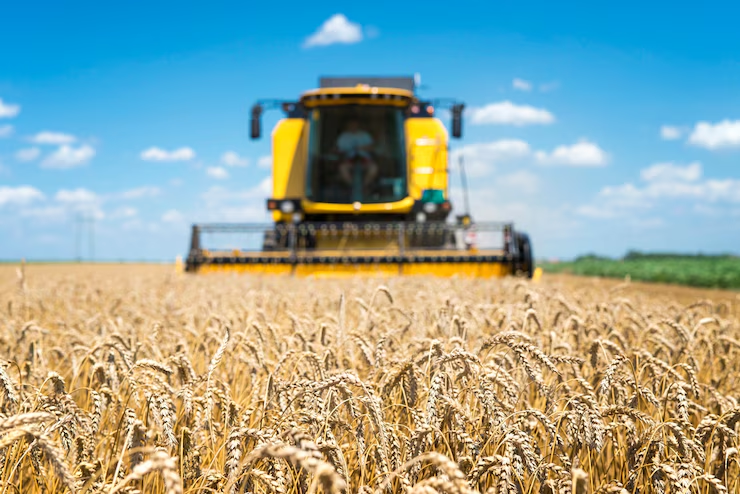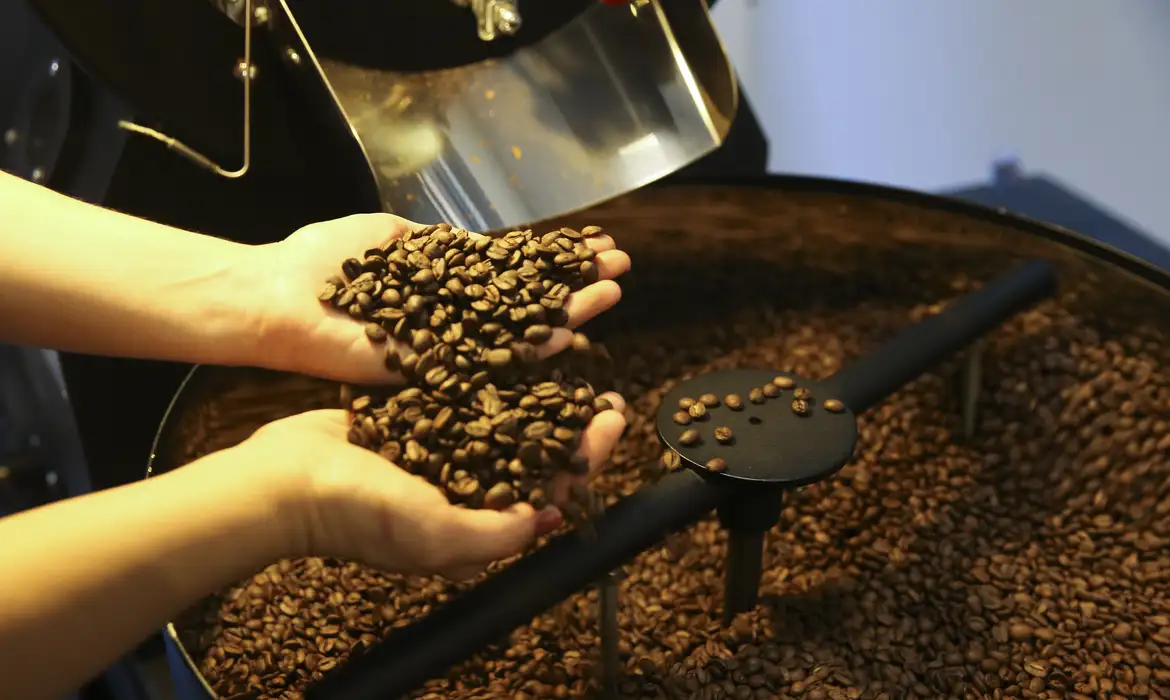Mato Grosso: soy sanitary void comes into force

Rafael Moreira, a researcher at Embrapa Soja, exposes the importance of the period of sanitary emptiness for combating the fungus that causes Asian rust.
“Rust is caused by a fungus that needs the living soybean plant to survive. So if you don’t have the plant in the environment, in the field, in the field, the rust fungus spores survive for a maximum of fifty days. So if he doesn’t find the plants, he will fall and die. And this will reduce the population of the fungus”, he explains.
The fungus Phakopsora pachyrhizi causes Asian rust, a disease that can cause up to 75% crop loss and has a high capacity for reproduction and dissemination.
According to Ordinance No. 781/2023 of the Ministry of Agriculture and Livestock (Mapa), the ban runs from June 15 to September 15. Periods of sanitary emptiness are established annually by the Map and must be followed by the producing states, across the country.
Main soy producing municipalities in Mato Grosso:
- Smile
- Sapezal
- Nova Mutum
- Campo Novo do Parecis
- diamond
- New Ubirathan
- Lucas do Rio Verde
- Querencia
- east spring
- Itiquira
- North Ipiranga
- Green field
- Fields of Julius
In the period of the sanitary vacuum, the Institute of Agricultural Defense of Mato Grosso (Indea) carries out inspections in the properties, and if necessary, the institute collects samples to be analyzed by the Laboratory of Vegetal Health. The producer who fails to comply with the phytosanitary measure is subject to a fine and the destruction of live soybean plants.
See more:
By Brasil 61




